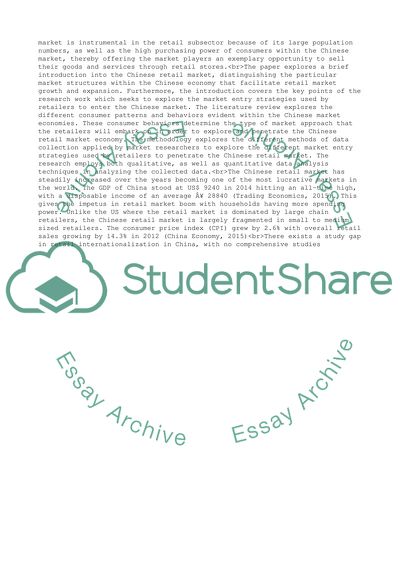Cite this document
((BTU)Applied Research Methods for Business and Management Essay, n.d.)
(BTU)Applied Research Methods for Business and Management Essay. https://studentshare.org/business/1873476-btuapplied-research-methods-for-business-and-management
(BTU)Applied Research Methods for Business and Management Essay. https://studentshare.org/business/1873476-btuapplied-research-methods-for-business-and-management
((BTU)Applied Research Methods for Business and Management Essay)
(BTU)Applied Research Methods for Business and Management Essay. https://studentshare.org/business/1873476-btuapplied-research-methods-for-business-and-management.
(BTU)Applied Research Methods for Business and Management Essay. https://studentshare.org/business/1873476-btuapplied-research-methods-for-business-and-management.
“(BTU)Applied Research Methods for Business and Management Essay”. https://studentshare.org/business/1873476-btuapplied-research-methods-for-business-and-management.


